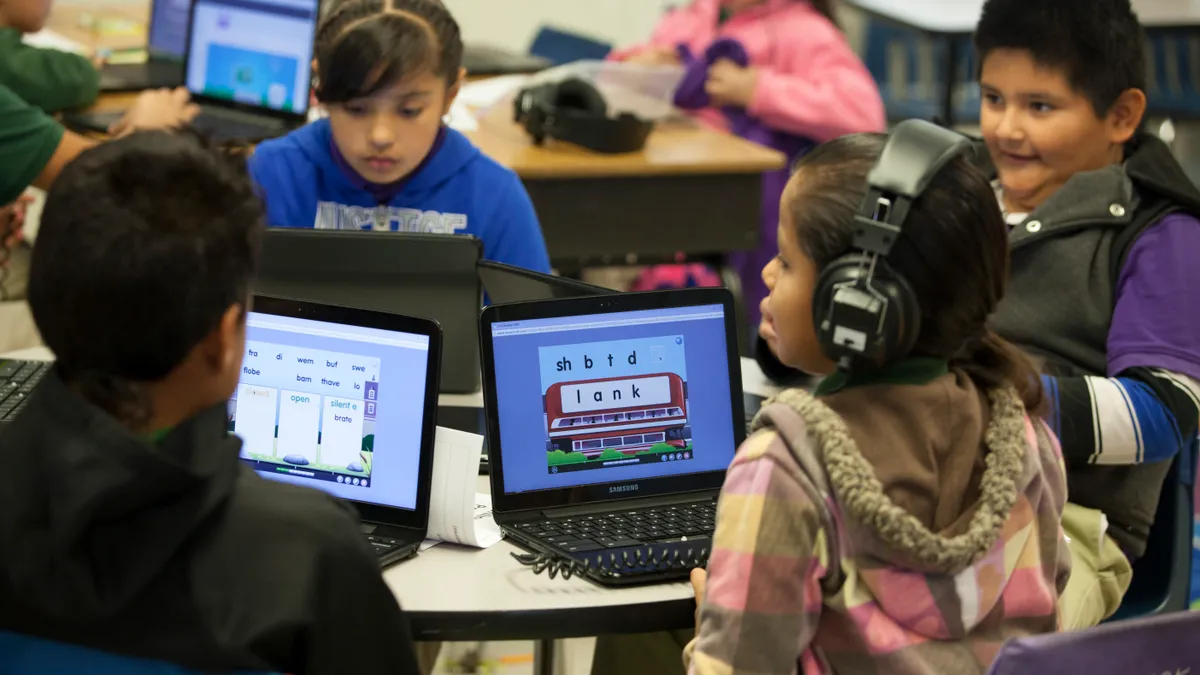Dive Brief:
-
When a school district’s black-white discipline gap increases, so does its black-white achievement gap, according to a new study published Wednesday in AERA Open, a journal of the American Educational Research Association. The findings show a 10% jump in the discipline gap between those student groups in grades 3-8 predicts a gap in achievement 17% larger than the average gap between black and white students.
-
The inverse is also true — when the achievement gap between black and white students increases, so does the discipline gap, the authors write. But in a press release, co-author Francis Pearman of Stanford University said, “Initiatives aiming to close either the racial achievement gap or the discipline gap may have an indirect consequence of closing the other.”
-
The researchers, who analyzed data from the Civil Rights Data Collection and the Stanford Education Data Archive, also found a similar relationship between the white-Hispanic discipline and achievement gaps. But they attribute that connection to other community factors, such as income and educational levels.
Dive Insight:
The authors reference the Trump administration’s move last year to rescind Obama-era guidance meant to reduce racial disparities in suspensions and expulsions. Critics of the guidance called it heavy-handed and an intrusion into local district policy, while supporters said it encouraged educators and school leaders to consider other options before excluding students from school.
The CRDC has shown little change in recent years in the overall discipline gap between black and white students, and studies show students of color miss more days of school due to suspension than white students — one likely reason why there is an association with the achievement gap, according to Pearman and co-authors.
Even without the federal guidance, states and districts have continued to move toward restorative practices and other alternative discipline models. Many districts have increased efforts to focus on equity, and others are providing professional development on being more culturally responsive. In a recent survey, however, teachers responded that they still want multiple options for responding to behavior issues.
The new study’s authors note reducing suspension rates and changing instructional practices may not automatically reduce the disparities. But they do “suggest that districts continue to explore alternative approaches … as possible mechanisms for improving racial equity in schooling.”















